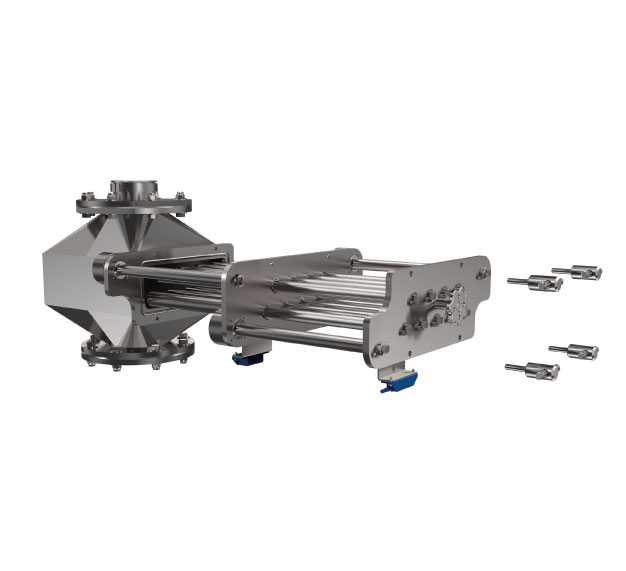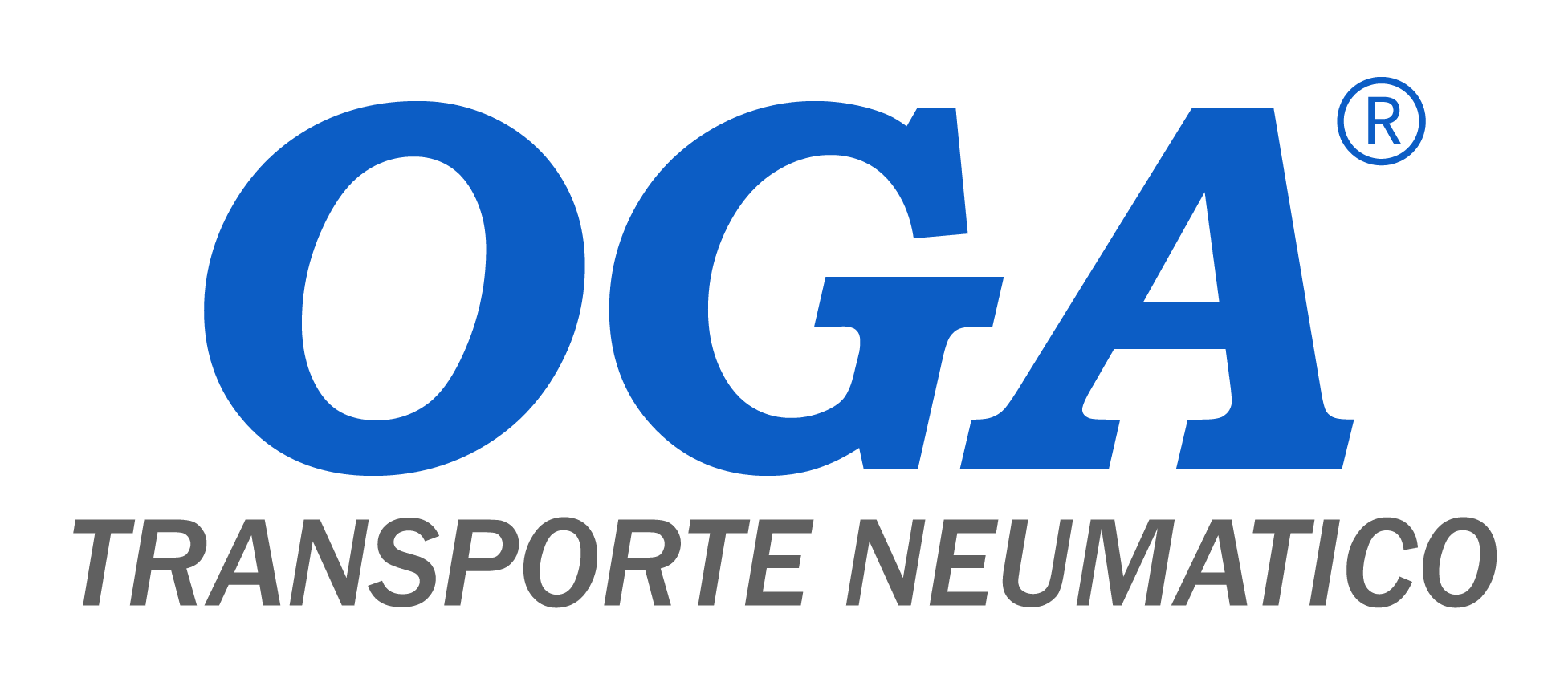









What is a Magnetic Trap in Pneumatic Transport Systems?
A magnetic trap in pneumatic transport systems is a crucial device designed to capture and remove ferrous metal contaminants from the transported material. This equipment is widely used to protect both the material’s integrity and the transport system. Magnetic traps are essential in industries handling powders, granules, or solids, such as food, pharmaceutical, chemical, and plastic industries. Key components include magnetic bars or plates, a housing for material flow, and easy-clean access points. These elements ensure effective separation of metal particles, safeguarding both the final product and system equipment.

- Stainless steel manufacturing.
- Design diameters ranging from 6″ to 12″ in round section.
- Height ranging from 180mm to 200mm, depending on the model.
- Top and bottom connection points via flange.
- Rare earth permanent magnets with stainless steel coating, detachable from the front.
- Special manufacturing element.
- Easy maintenance with the option to replace magnets.
- Manual magnet extraction system with side rails.
- Installation option: gate opening sensor.
Types of Magnetic Traps
Bar Magnetic Traps: Consist of magnetic bars installed in a housing to attract small metal particles and are easily cleaned.
Plate Magnetic Traps: Flat plates placed in the material flow path to capture larger metal contaminants and are useful for large volumes.
Tube Magnetic Traps: Magnetic tubes inserted into the material flow that capture metal contaminants, ideal for pipe configurations.
Drum Magnetic Traps: A rotating drum that separates metals from the material, suitable for continuous applications.
Belt Magnetic Traps: Conveyor belts equipped with magnets that retain metal particles during material transport.
Industrial Sectors Using Magnetic Traps
Magnetic traps are used in the food industry to remove contaminants from grains and products; in the pharmaceutical industry to ensure the purity of ingredients and products; in the chemical industry to protect equipment and products; in the plastic industry to clean resins and pellets; in the mining industry to capture metal contaminants; in recycling to separate ferrous metals; in construction to remove contaminants from cement and sand; and in the paper and pulp industry and coating and paint industry to ensure quality by removing metals from pulps and pigments.




